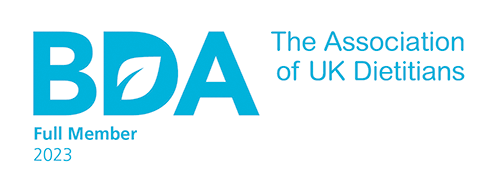I’m not a fan of diets. And until I came across a book by Dena Harris “Does this collar make my butt look big?” I was unaware that cats also experienced the same pitfalls. As recounted through feline eyes, Dena explores the crazy world of dieting. In honour of World Book Day 2018, here are some of the best bits.
First steps
The first step in any diet is to shift into a full-fledged panic the day before the diet officially begins and eat everything in sight.
Harness your motivation
- My motivation for losing weight is:
- I want to rock out a belly ring
- Swimsuit season is upon us
- REVENGE
- To be healthy. Just kidding. It’s the belly ring, bikini, and REVENGE.
- Find a diet buddy. Give him a paw smack whenever you stray from your diet, as he’s obviously not doing his job.
- Use motivational notes and reminders. Hang a “Hot Kitty” calendar nearby to remind you what you want to look like.
What cat diet to choose?
South Beach Diet
The diet starts out with lots of restrictions, but the rules are simple: Don’t eat anything that tastes good. However, if you eat something that tastes like processed cardboard, you’re permitted unlimited quantities.
Blood Group Diet
The benefit is that once you know your blood type, you can eat accordingly, and the weight will drop off like a Pomeranian tossed off a bridge.
Paleo Diet
Listen to your body. You may skip meals if you’re not hungry. (We’ve never known this to happen).
Zone diet
Each meal to consist of 30% fat, 30% protein, and 40% carbs. This is all well and good, except cats can’t count. And even if we could, we’d count something much more interesting than carbs.
Cleansing
You may become convinced you’re starving. Should this occur, lie down, take deep breath, then call for Chinese takeout.
Exercise
Hold off urinating for as long as possible, then make a mad dash for the litter box. Feel the burn.
Dealing with saboteurs
Confront those who don’t want you to change. And by “confront” we mean show them your butt.
Other top tips…in no particular order
Too little sleep can make you fat. Aim for at least twenty-two hours a day.
Track how hungry you are on a scale of 1 to 10. Any time you go above a 1, eat immediately, before fatigue and hallucinations set in.
Don’t skip the most important meal of the day, which would be…..You know what? To be safe, don’t skip any of them.
Whether you succeed or fail on this particular plan, we suggest you go ahead and tell everyone you’ve lost weight. Others will be impressed, thinking you have willpower they don’t, and will go and order a ten-taco special and gain twelve pounds, making you appear more svelte.
Enjoy the occasional cheat day and eat whatever you want. We suggest scheduling cheat days on days that end with a ‘y’.
Buy a low fat cookbook. Now shred it. Admit it – that felt good.
Don’t give up! Unless it’s hard. Or you’re tired. Or really hungry. Or it’s a Tuesday.
Do not reward yourself with food. You are not a dog.
Conclusion
Treat your diet the same way as you treat doorbells, vets, and Aunt Dorothy’s Doberman – get yourself the hell out of there.
Thanks goodness the cat came to its senses. Respect.


